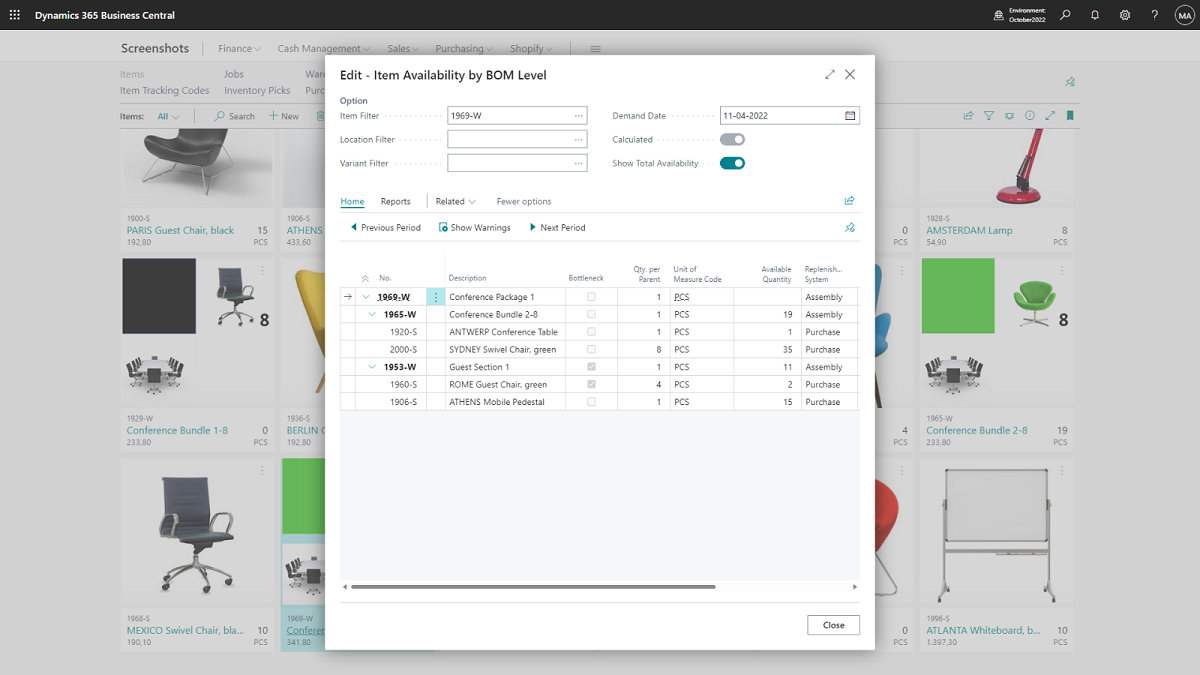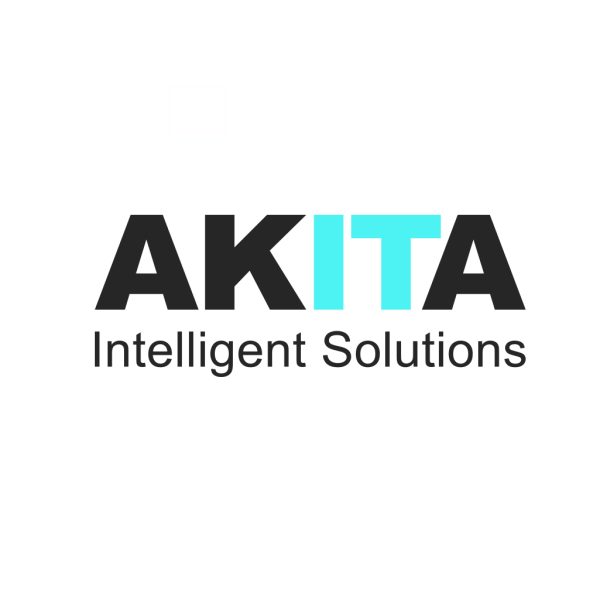For manufacturers looking to modernise operations, improve visibility, and drive efficiency, implementing a Microsoft Manufacturing ERP Solution such as Dynamics 365 Business Central offers a rapid path to measurable results.
When executed strategically, a fixed-scope deployment can begin delivering ROI within 90 days — accelerating productivity, reducing waste, and enabling data-driven decision-making from day one.
This 90-day roadmap outlines how manufacturers can implement a Microsoft manufacturing ERP solution with speed, structure, and sustainable impact.
Why Choose a Microsoft Manufacturing ERP Solution
Microsoft’s ERP ecosystem, anchored in Business Central, provides a unified platform for production management, inventory control, financial oversight, and supply chain coordination. For manufacturers, it connects shop-floor operations with back-office systems, streamlining every stage from order to delivery.
Its scalability, integration with Microsoft 365 tools, and cloud-based architecture make it ideal for growing manufacturers seeking to modernise quickly without the complexity of heavy customisation.
The key to rapid ROI lies in focusing on core capabilities first — inventory management, production planning, and cost control — before expanding into advanced analytics and automation.
The 90-Day Rapid Implementation Roadmap
This condensed implementation framework ensures quick wins without compromising quality or long-term scalability.
Weeks 1–2: Readiness Assessment and Project Planning
Define Clear Objectives
Begin by identifying measurable operational challenges such as inaccurate stock levels, delayed production schedules, or inefficient procurement. Set tangible KPIs — for example, reducing stock discrepancies by 30% or cutting production lead times by 20%.
Fixed-Scope Implementation
Commit to a defined, out-of-the-box deployment of the Microsoft manufacturing ERP solution. Avoid bespoke development during the initial phase — this limits delays and keeps implementation costs predictable.
Select an Experienced Partner
Engage a certified Microsoft partner with manufacturing expertise. The right partner ensures disciplined project management, sector-relevant configuration, and rapid delivery aligned to industry best practices.
Plan Data Migration Early
Audit existing systems to identify essential master data: customers, vendors, items, and Bills of Materials (BOMs). Establish data accuracy standards and design a migration plan that ensures clean, reliable data from the outset.

Weeks 3–6: Configuration, Data Migration, and Integration
Core System Configuration
Set up essential manufacturing modules including:
-
Production Orders – streamline shop-floor execution and manage job scheduling.
-
Material Requirements Planning (MRP) – balance demand and supply for optimal production flow.
-
Capacity Planning – align workforce and machine availability to production schedules.
-
Inventory Management – ensure accurate stock visibility and control across warehouses.
Data Migration Execution
Migrate verified master data and opening balances, ensuring integrity and traceability. This step lays the foundation for reliable reporting and operational decision-making.
Key Integrations
Integrate with Microsoft 365 applications such as Outlook, Excel, and Teams to streamline collaboration. For instance, production planners can review schedules directly from Teams or update BOMs through Excel-connected interfaces.
Weeks 7–9: Training and User Acceptance Testing (UAT)
Comprehensive User Training
Equip staff with practical, role-specific training. Focus on empowering production supervisors, planners, and finance users to navigate the system confidently from day one.
Conduct User Acceptance Testing
Simulate real operational scenarios to validate processes such as production order creation, material consumption, and reporting accuracy. Address early challenges promptly to build user confidence.
Change Management and Communication
Foster early buy-in by clearly communicating how the Microsoft manufacturing ERP solution enhances efficiency, transparency, and job satisfaction. Structured communication reduces resistance and drives adoption.
Week 10: Go-Live and Immediate Support
Structured Go-Live
Execute a phased or big-bang go-live depending on readiness. Ensure business continuity plans are in place to handle potential disruptions during transition.
Post-Go-Live Hypercare
Provide dedicated support during the first weeks after go-live. Rapid response to user queries and performance issues ensures momentum and maintains confidence in the new system.
Weeks 11–12: Optimisation and ROI Measurement
Monitor KPIs and Performance Metrics
Evaluate progress against initial KPIs such as reduced production time, improved inventory accuracy, and better order fulfilment rates. Early visibility of performance boosts management confidence and guides next-phase improvements.
Refine Processes Based on Feedback
Use insights from users and operational data to fine-tune workflows. Continuous optimisation enhances efficiency and unlocks further cost savings.
Key Strategies for Maximising ROI
Standardisation Over Customisation
Adopt standard Business Central processes wherever possible. Standardisation simplifies upgrades, accelerates deployment, and ensures predictable results.
Target Core Manufacturing Challenges
Concentrate efforts where ROI is highest — minimising stockholding costs, reducing downtime through improved production scheduling, and streamlining purchasing.
Leverage AI and Automation
Business Central’s embedded AI can automate demand forecasting, suggest replenishment orders, and detect anomalies in production data — reducing manual intervention and improving decision quality.
Maintain Data Integrity
Accurate, structured data enables precise reporting and confident decision-making. Implement validation rules and assign data ownership to sustain quality long-term.
Continuous Monitoring and Improvement
Establish a culture of regular system review. Use built-in Power BI dashboards to track trends in production efficiency, cost variance, and order accuracy, ensuring sustained ROI beyond the first 90 days.
Accelerating Long-Term Value
A Microsoft Manufacturing ERP Solution is not just a technology upgrade — it’s a catalyst for operational excellence. By adopting a structured, fixed-scope deployment and prioritising user readiness, manufacturers can achieve tangible business outcomes in just three months.
Beyond this initial phase, expanding functionality — such as integrating IoT data for predictive maintenance or connecting with supplier portals for procurement automation — can further extend value and competitive advantage.
When well-executed, the first 90 days establish a foundation for continuous improvement, empowering manufacturers to operate with precision, agility, and intelligence.
Partner with Akita Intelligent Solutions
Akita Intelligent Solutions delivers end-to-end Microsoft manufacturing ERP solutions that help production businesses modernise, streamline, and scale. With extensive experience in Dynamics 365 Business Central implementation for UK manufacturers, Akita combines technical excellence with deep sector knowledge to deliver measurable ROI within 90 days.
Our team manages every stage — from readiness assessment to training and post-launch optimisation — ensuring your ERP deployment drives lasting operational efficiency.
Transform your manufacturing operations today. Speak with Akita Intelligent Solutions about implementing your Microsoft Manufacturing ERP Solution:





